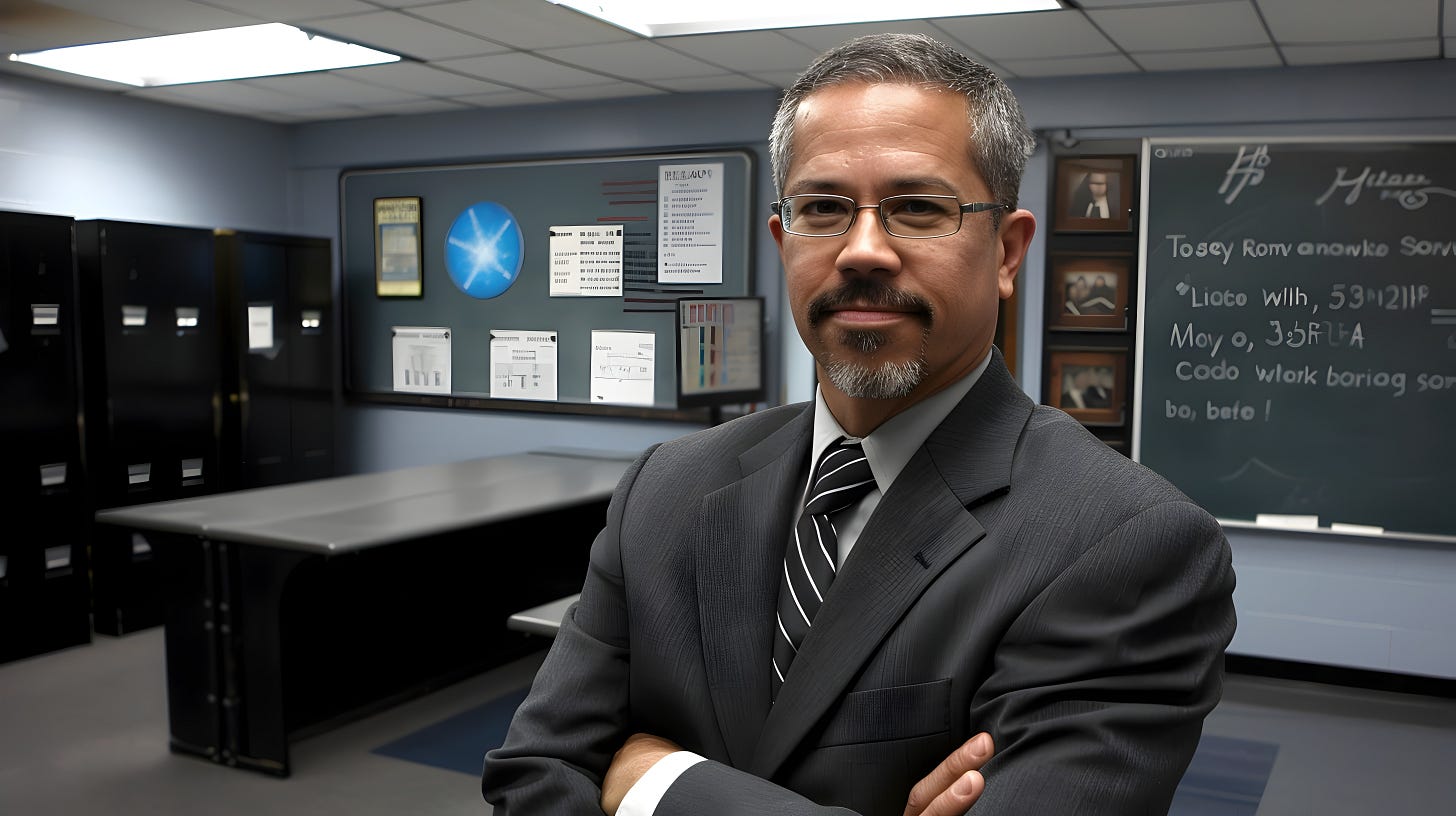Opening the Schoolhouse Door for Patrons
Support your public schools even if you don't have children there.
With voting in the next couple days, do citizens still support their local public schools?
I found this article and like the ideas in it. I am a supporter of public schools, and I am a supporter of school choice. After I finished my doctoral work, I applied to be a school principal and had four final interviews. One of the things I promoted was doing mor…
Keep reading with a 7-day free trial
Subscribe to Gifted Through the Lifespan to keep reading this post and get 7 days of free access to the full post archives.




